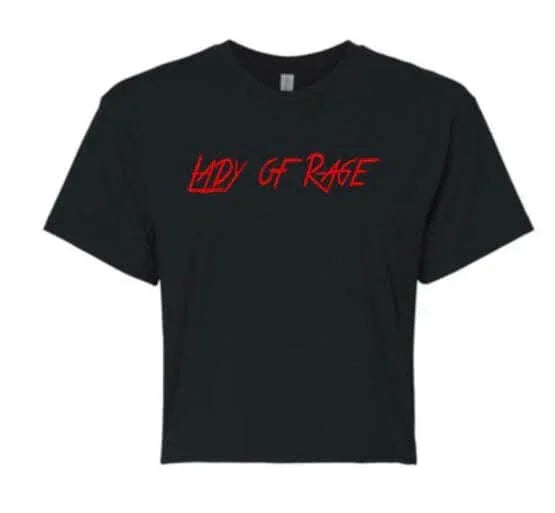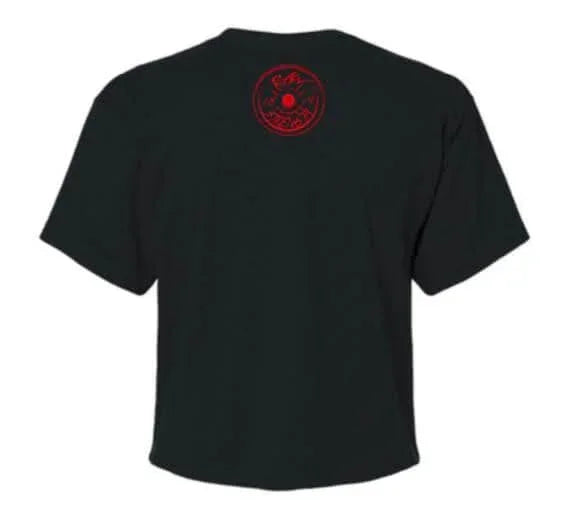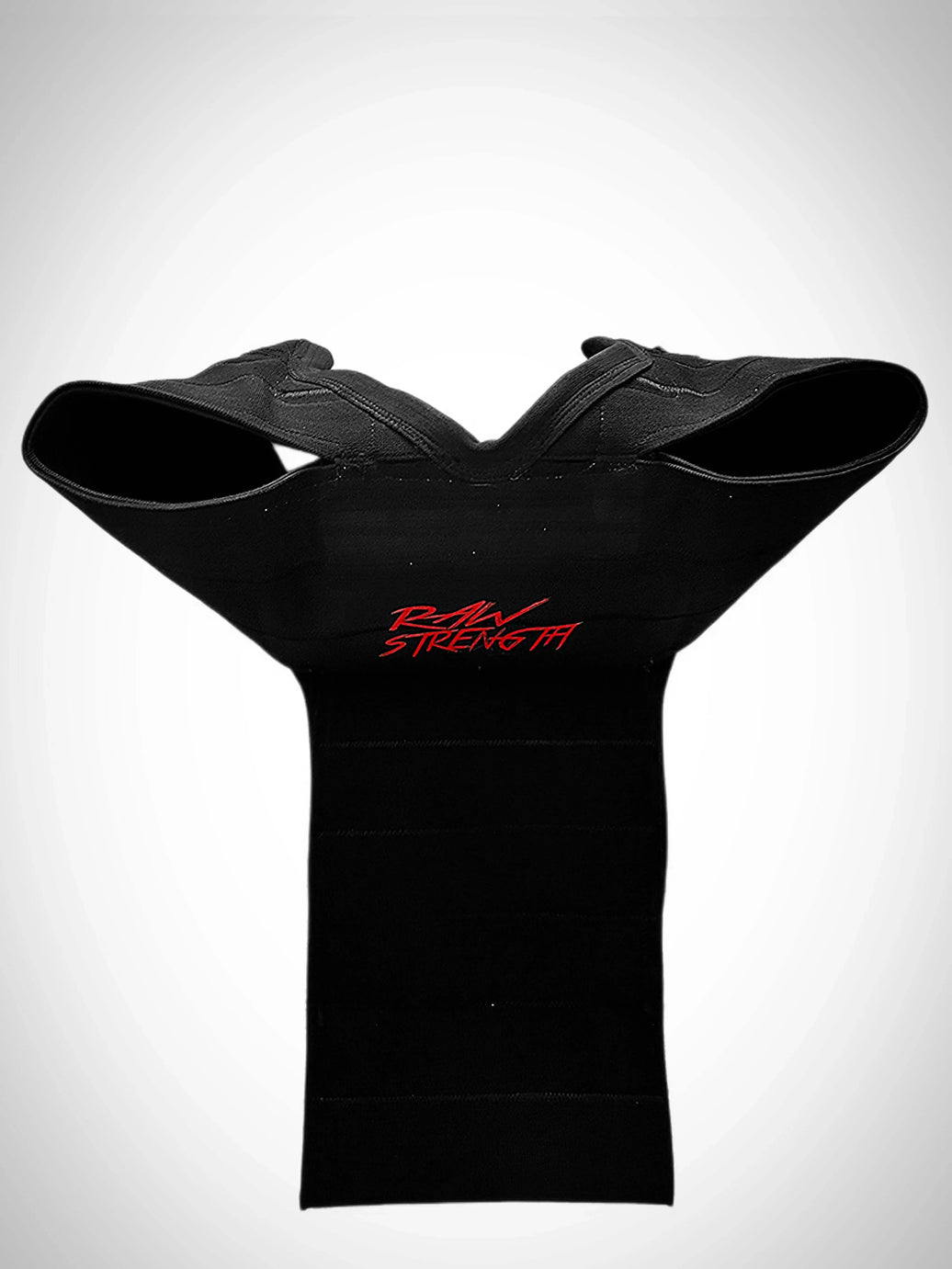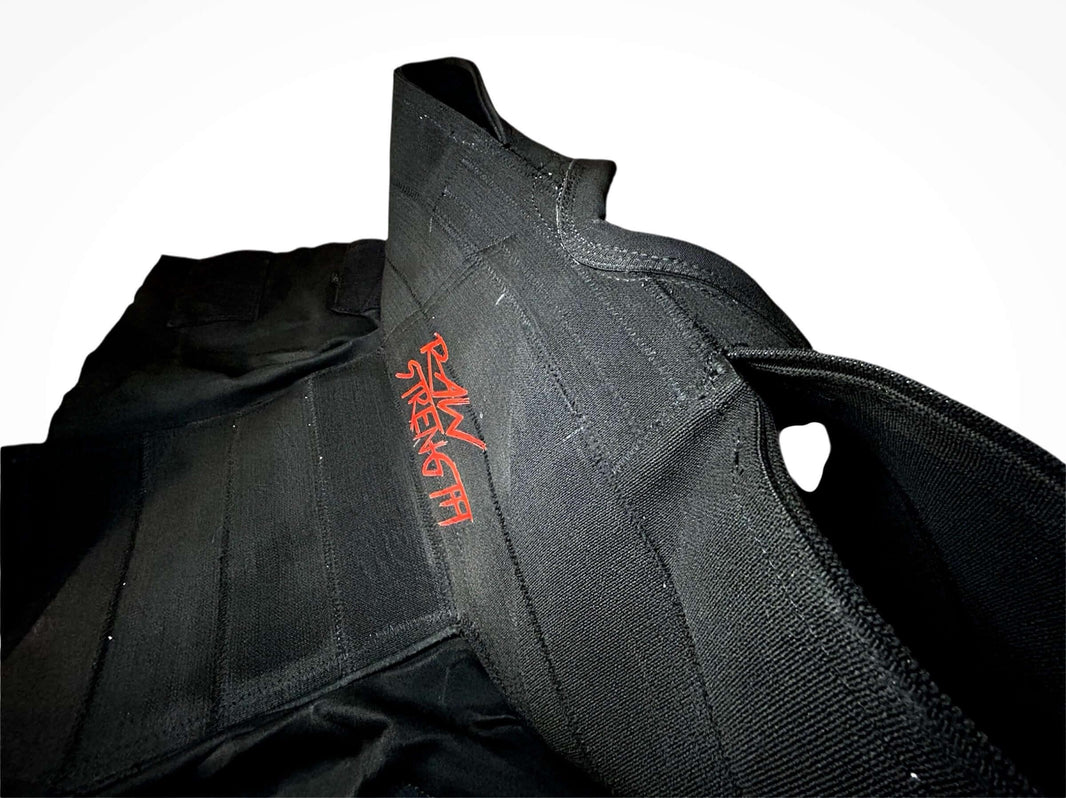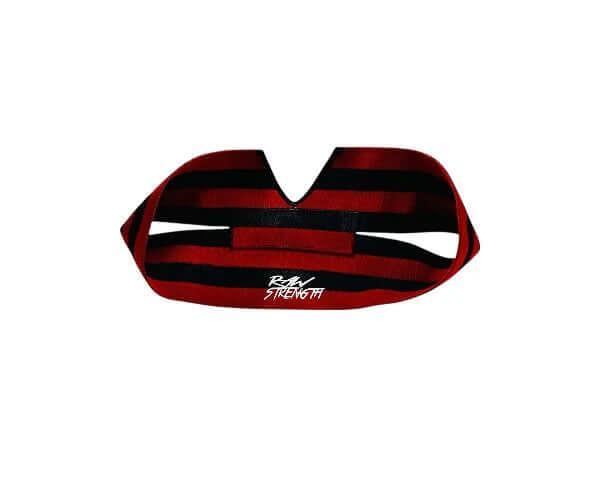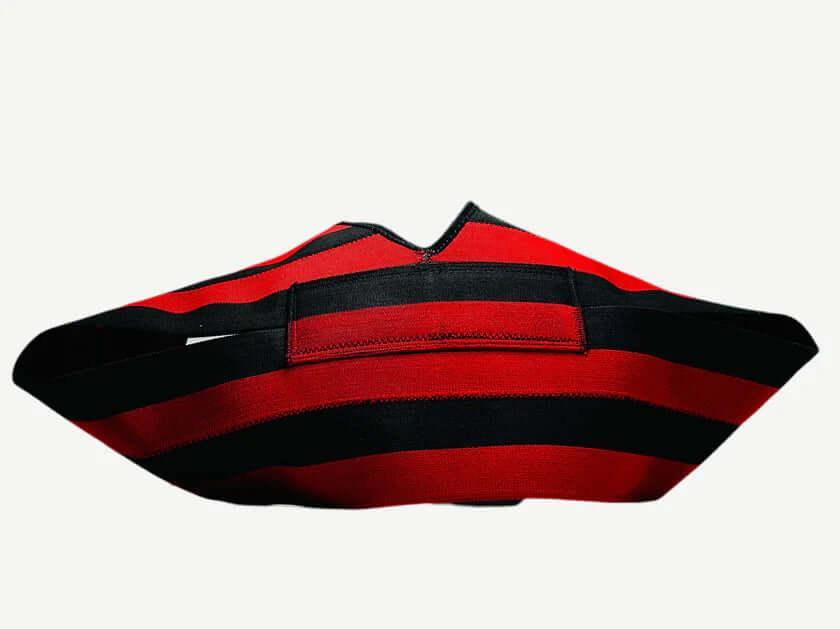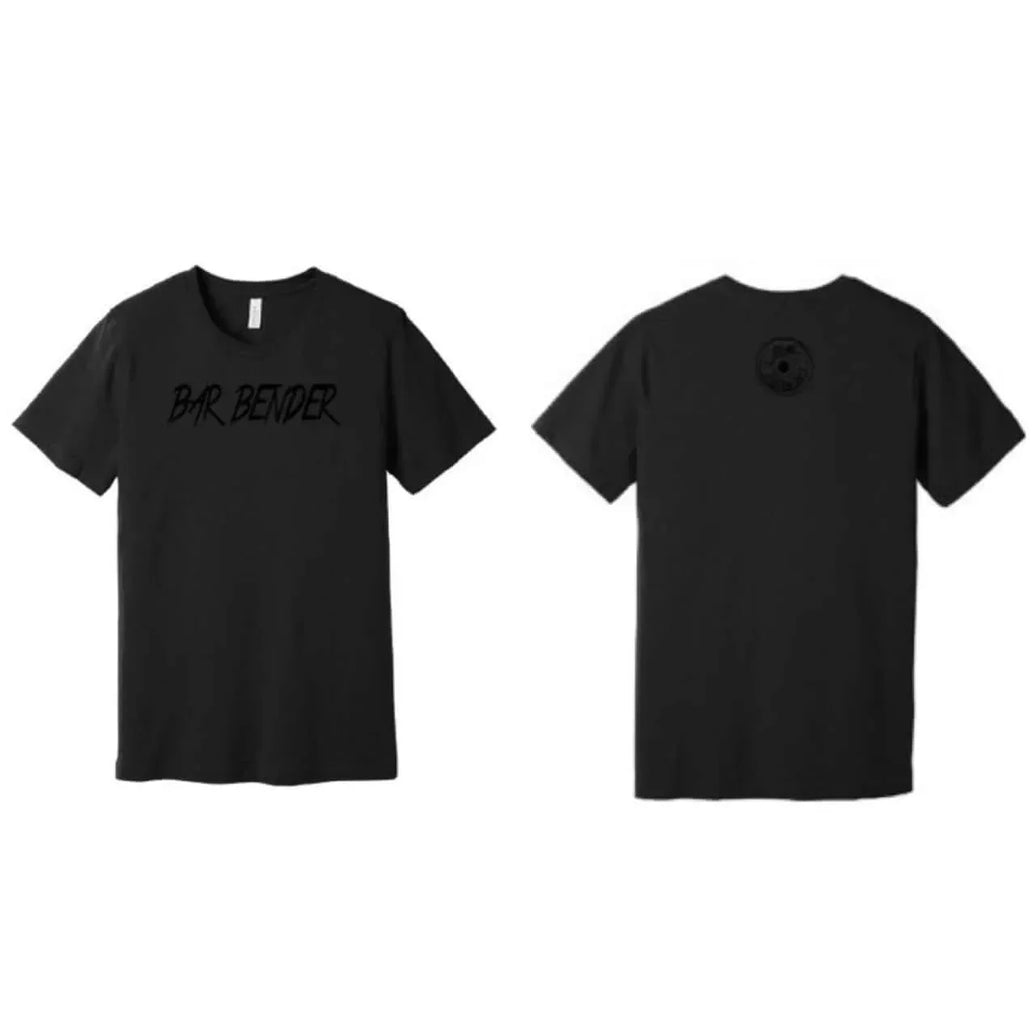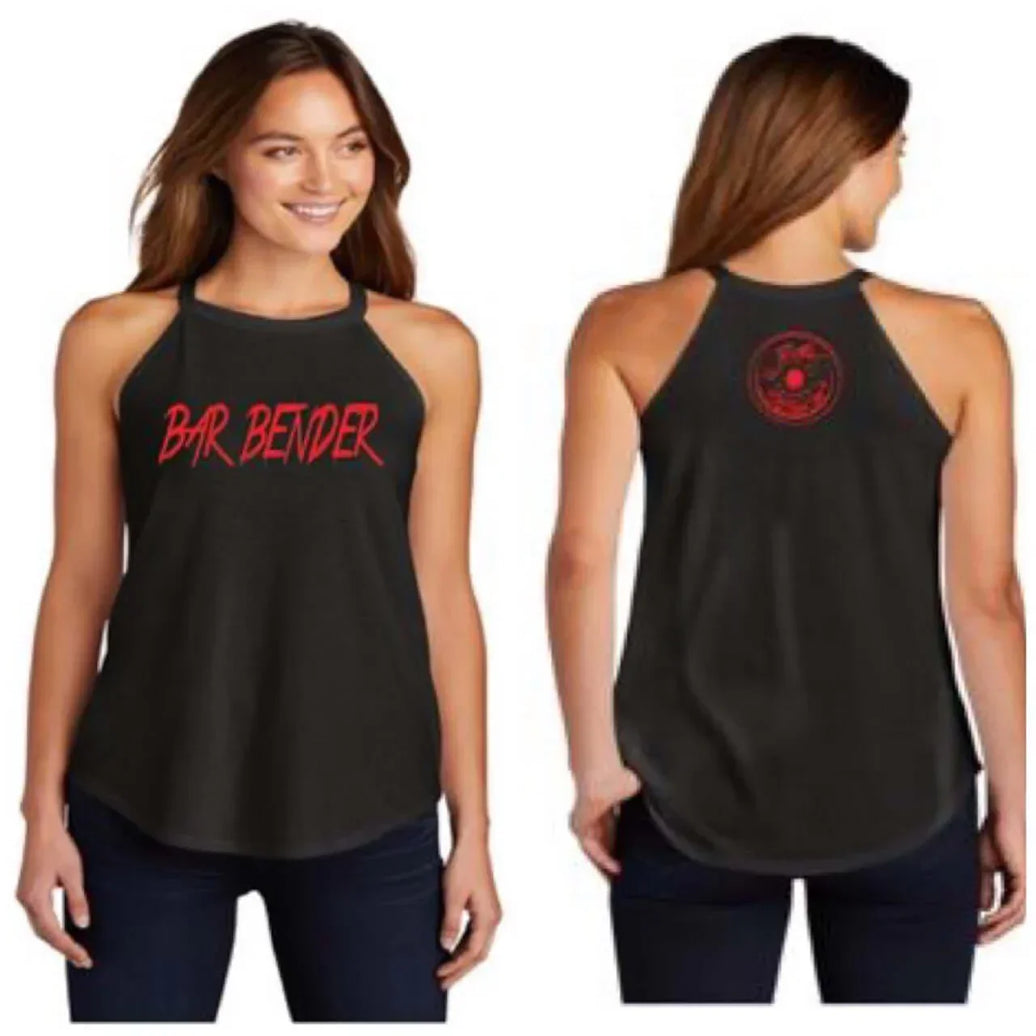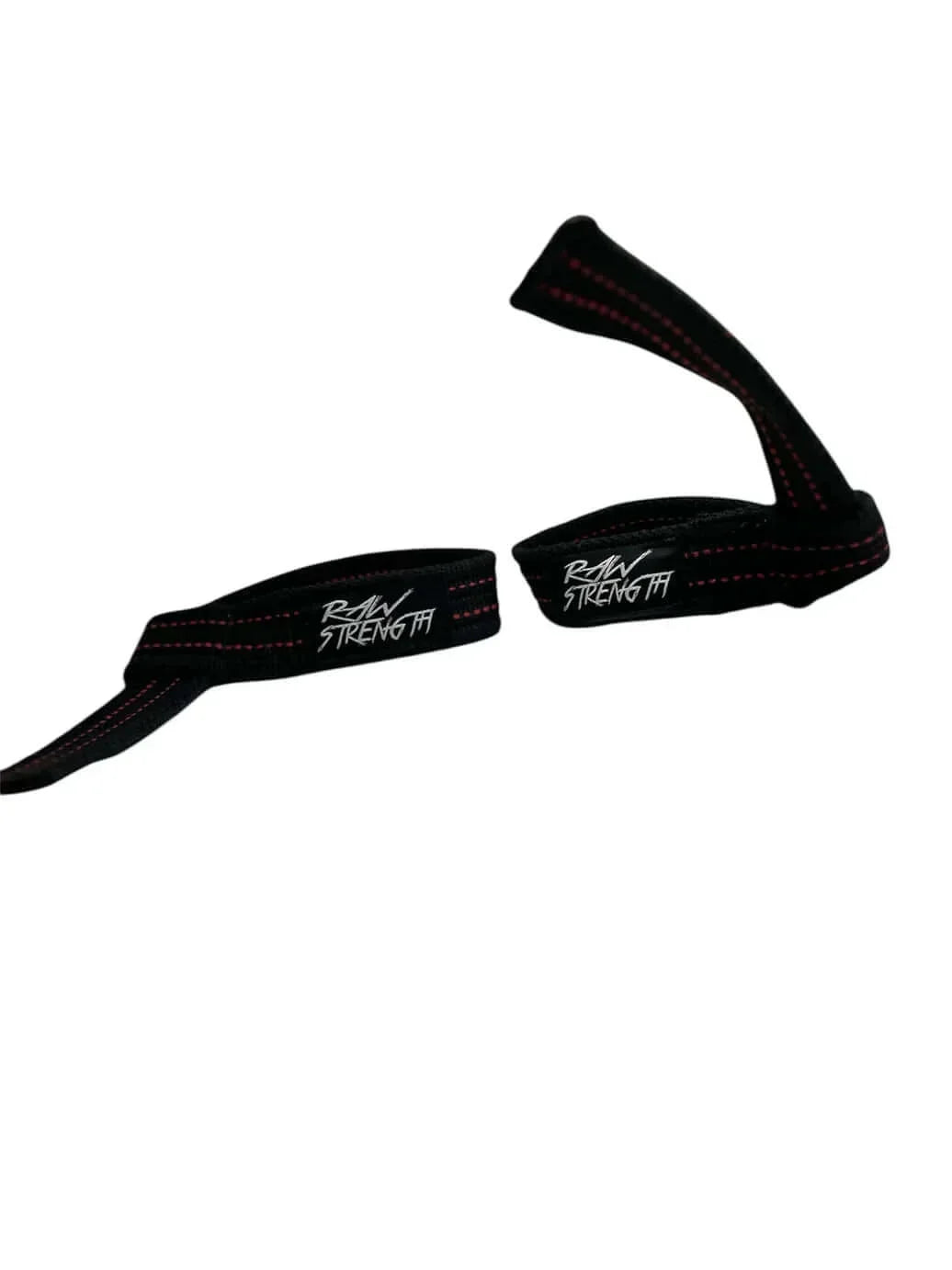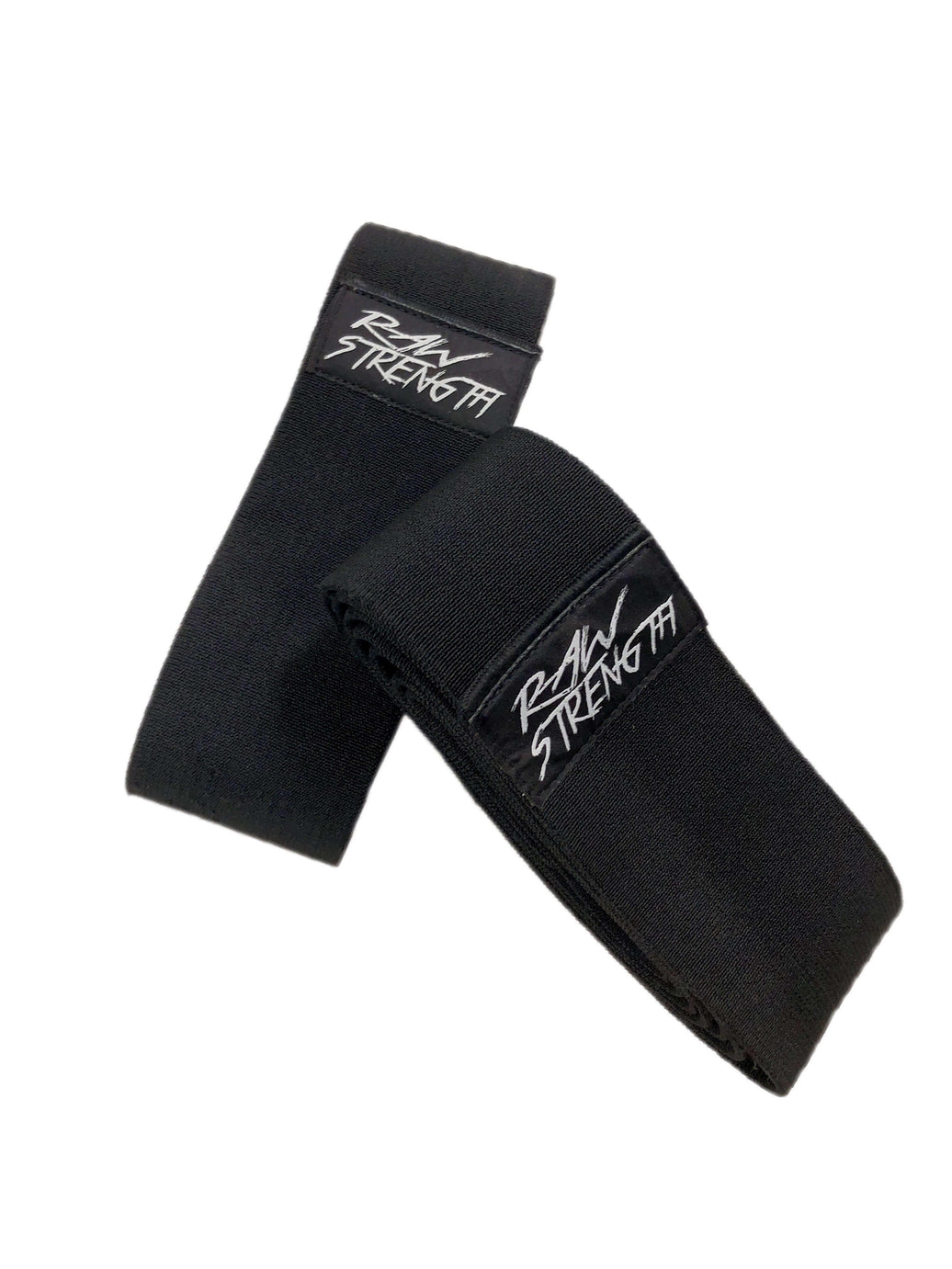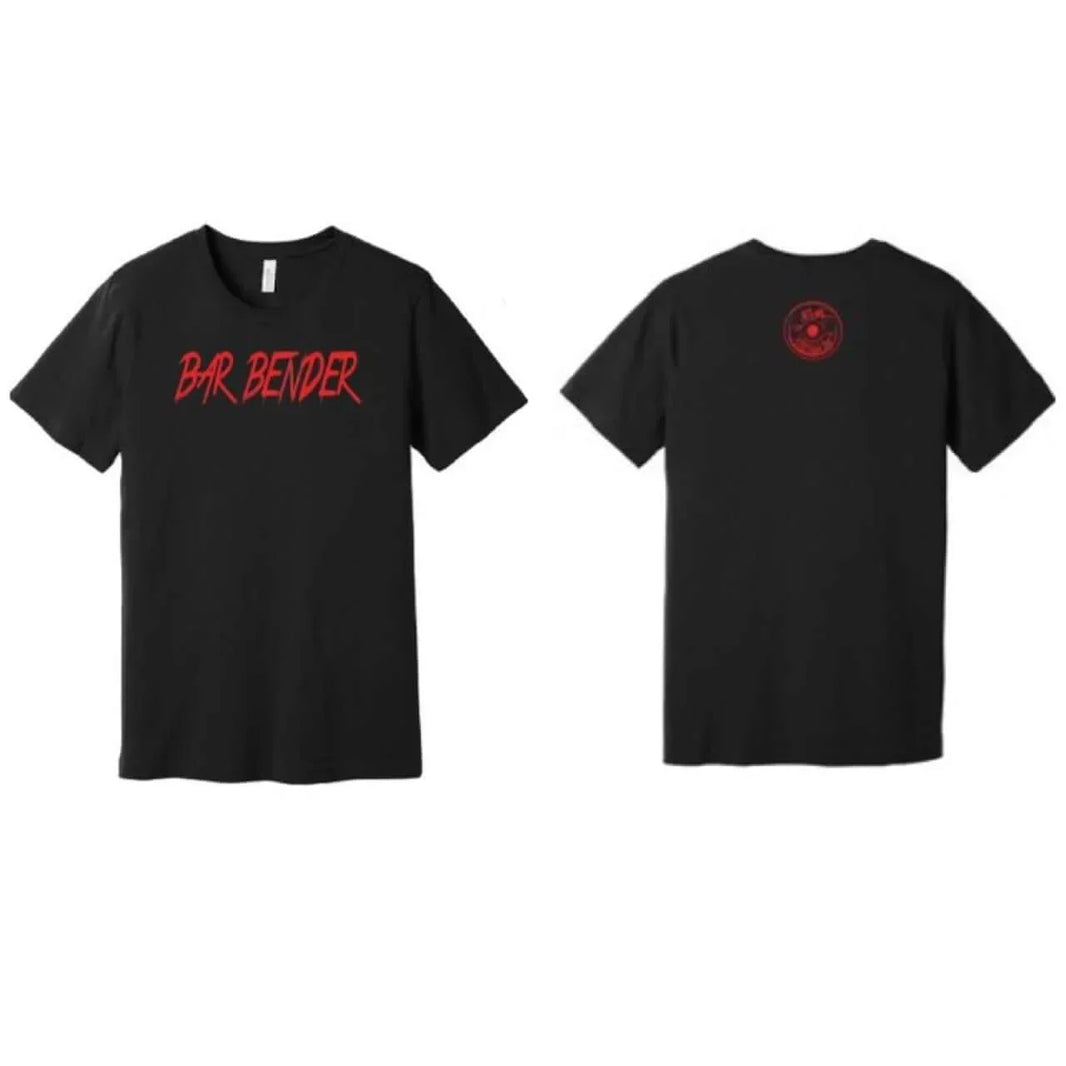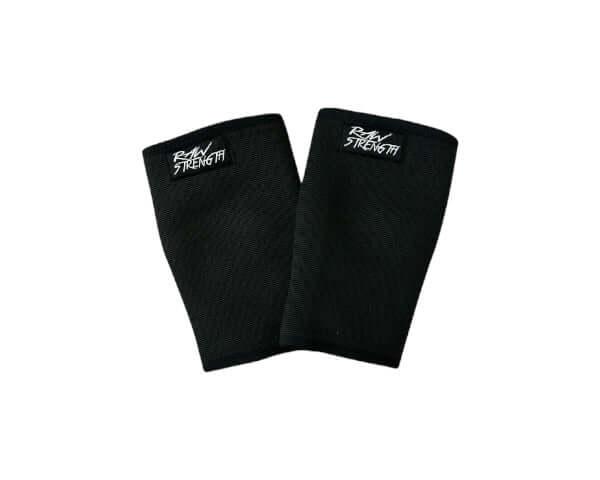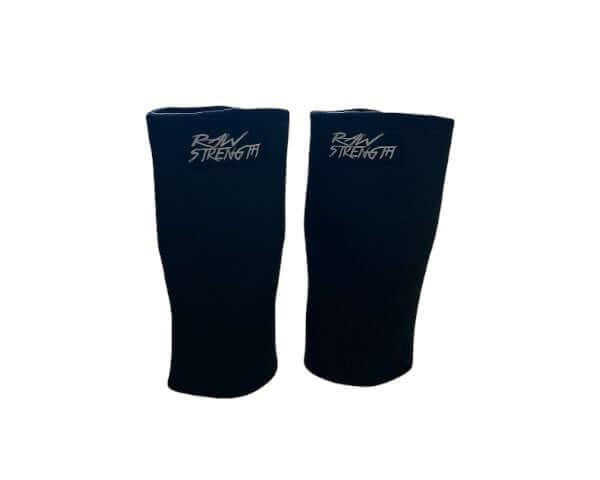The Ultimate Guide to Selecting Premium Powerlifting Gear for Maximum Performance
Essential insights for choosing the right powerlifting equipment to elevate your training and competition performance.
Selecting the right powerlifting gear can make the difference between hitting a personal record and missing a crucial lift. With countless options flooding the market, understanding what separates premium equipment from mediocre alternatives becomes essential for serious athletes. This comprehensive guide will walk you through every aspect of choosing powerlifting gear that matches your training goals, experience level, and competitive aspirations.
Understanding Your Training Phase and Goals
Before diving into specific gear recommendations, assess your current training phase and long-term objectives. Beginning powerlifters often make the mistake of purchasing advanced equipment before mastering basic movement patterns. Conversely, experienced athletes might underestimate how upgraded gear could enhance their performance plateau breakthrough.
Your training frequency, intensity, and competition timeline should dictate your gear priorities. Athletes preparing for immediate competition need different equipment considerations than those focused on long-term strength development. Consider whether you're primarily training for raw powerlifting, equipped lifting, or general strength enhancement, as each path requires distinct gear approaches.
Essential Wrist Support: Foundation of Heavy Lifting
Wrist wraps represent one of the most critical investments for any serious lifter. Quality wrist support prevents injury while enabling heavier loads during pressing movements. The key lies in understanding wrap stiffness, length, and construction materials that align with your lifting style.
Stiffer wraps provide maximum support for competition lifting and heavy training sessions, while more flexible options work better for higher-volume training days. Length typically ranges from 12 to 36 inches, with longer wraps offering more adjustability and support potential. However, longer doesn't always mean better – consider your wrist size, lifting technique, and comfort preferences.
Premium wrist wraps feature reinforced stitching, high-quality elastic materials, and secure thumb loops or velcro closures. Cheap alternatives often lose elasticity quickly, provide inconsistent support, and may actually hinder performance. Investing in professional-grade wrist wraps pays dividends through consistent support, durability, and injury prevention.
Knee Support Systems: Protecting Your Foundation
Knee sleeves and wraps serve different purposes in powerlifting training. Sleeves provide warmth, compression, and moderate support suitable for daily training, while wraps offer maximum support for competition and heavy single attempts. Understanding when and how to use each type prevents both under-protection and over-reliance on equipment.
Quality knee sleeves should fit snugly without cutting off circulation or causing discomfort during full range of motion. The material thickness affects support level – 7mm sleeves offer substantial support for heavy training, while 5mm options work well for lighter sessions and warm-ups. Premium sleeves maintain their compression properties through countless training sessions without losing shape or effectiveness.
Knee wraps require more technique and experience to use effectively. Proper wrapping technique, tension control, and timing become crucial skills that complement the equipment quality. High-end wraps provide consistent elasticity, reliable rebound, and durability under extreme loads. Poor-quality wraps may snap under pressure or provide uneven support that compromises lift safety.
Lifting Straps: Maximizing Grip Potential
Lifting straps eliminate grip limitations during heavy pulling movements, allowing focus on target muscle groups without forearm fatigue interference. However, strap selection involves more nuance than many lifters realize. Different strap styles serve specific purposes and lifting scenarios.
Figure-8 straps provide maximum security for extremely heavy deadlifts but require more setup time between attempts. Traditional lifting straps offer quick adjustment and versatility across multiple exercises. Premium straps feature reinforced stitching, comfortable padding, and materials that maintain grip even when wet from perspiration.
The key lies in using straps strategically rather than as a crutch. Incorporate strap-free training to maintain natural grip strength while leveraging straps for overload work and grip-limiting exercises. Quality straps should feel like an extension of your hands rather than bulky accessories that interfere with natural movement patterns.
Bench Press Enhancement: Bands and Accessories
Bench press bands and specialized accessories can dramatically improve pressing power and technique consistency. These tools provide accommodating resistance, help break through sticking points, and teach proper bar path mechanics. However, not all resistance bands deliver the same training benefits.
Premium bench bands Like the “Bar Bender”maintain consistent tension throughout their lifespan, provide predictable resistance curves, and withstand repeated stretching without losing elasticity. Inferior bands may snap unexpectedly, provide uneven resistance, or degrade quickly under regular use. Safety becomes paramount when dealing with heavy loads and elastic assistance.
Consider band thickness, length, and attachment methods when selecting bench press enhancement tools. Thicker bands provide more resistance but require greater strength to utilize effectively. Proper attachment systems ensure safety and consistent setup between training sessions.
Competition Shirts and Advanced Equipment
Equipped powerlifting requires specialized shirts, suits, and advanced gear that demands significant investment and learning curves. Competition shirts provide substantial assistance during bench pressing but require months of practice to use effectively. The fit, material, and construction quality dramatically affect both performance and safety.
Single-ply and multi-ply shirts serve different competitive categories and require distinct techniques. Premium competition shirts feature precise sizing, reinforced seams, and materials that provide consistent support across multiple competitions. Poor-quality shirts may tear under load, provide unpredictable assistance, or cause injury through improper fit.
Working with experienced equipped lifters and qualified coaches becomes essential when transitioning to competition gear. The learning curve extends beyond simply purchasing equipment – proper technique, timing, and safety protocols require dedicated practice and expert guidance.
Material Quality and Construction Standards
Understanding material properties and construction techniques helps identify premium gear from budget alternatives. High-quality powerlifting equipment typically features reinforced stitching, premium elastic materials, and attention to detail that ensures longevity under extreme conditions.
Elastic materials should maintain their properties through temperature variations, repeated stretching, and perspiration exposure. Stitching should use heavy-duty thread in high-stress areas, with reinforcement at critical connection points. Hardware like velcro, buckles, and D-rings should withstand repeated use without failure.
Premium manufacturers often provide detailed specifications, material information, and construction details that demonstrate their commitment to quality. Warranty coverage and customer support also indicate manufacturer confidence in their products and commitment to athlete satisfaction.
Sizing and Fit Considerations
Proper sizing makes the difference between effective gear and expensive accessories that hinder performance. Each piece of powerlifting equipment has specific sizing requirements that may differ from standard clothing measurements. Taking accurate measurements and consulting detailed sizing charts prevents costly mistakes.
Wrist wraps should provide firm support without cutting off circulation or causing numbness. Knee sleeves require precise measurement of knee circumference and leg length to ensure proper positioning and compression. Competition shirts demand extremely precise measurements and often require professional fitting services.
Consider how gear fit changes throughout training cycles. Weight fluctuations, muscle development, and technique modifications may affect optimal equipment sizing over time. Premium manufacturers often provide sizing guidance and exchange policies that accommodate these natural changes.
Investment Strategy and Budget Planning
Building a complete powerlifting gear collection requires strategic investment over time. Prioritize essential items like quality wrist wraps and knee sleeves before advancing to specialized equipment. This approach ensures you have reliable basics while gradually expanding your gear arsenal.
Consider cost-per-use when evaluating equipment investments. Premium gear with higher upfront costs often provides better long-term value through durability, performance, and safety benefits. Cheap alternatives may require frequent replacement and potentially compromise training progress or safety.
Plan purchases around training cycles and competition schedules. Allow adequate time to break in new equipment and adjust to any performance changes before important competitions. Rushing into new gear immediately before competition can negatively impact performance and confidence.
Maintenance and Longevity
Proper care extends equipment lifespan and maintains performance characteristics. Most powerlifting gear requires specific cleaning and storage procedures to preserve material properties and prevent premature degradation. Following manufacturer guidelines protects your investment and ensures consistent performance.
Regular inspection identifies wear patterns and potential failure points before they become safety hazards. Replace equipment showing signs of excessive wear, damaged stitching, or compromised elastic properties. The cost of replacement pales compared to potential injury from equipment failure.
Store equipment in appropriate conditions away from extreme temperatures, direct sunlight, and moisture. Proper storage prevents material degradation and maintains equipment readiness for training sessions. Organization systems help track equipment condition and replacement schedules.
Selecting premium powerlifting gear requires balancing performance needs, safety requirements, and budget constraints. Focus on quality fundamentals before advancing to specialized equipment, and always prioritize proper fit and technique development alongside gear acquisition. Remember that equipment enhances training but never replaces consistent effort, proper programming, and dedication to improvement. The right gear supports your powerlifting journey, but your commitment and consistency determine ultimate success.

